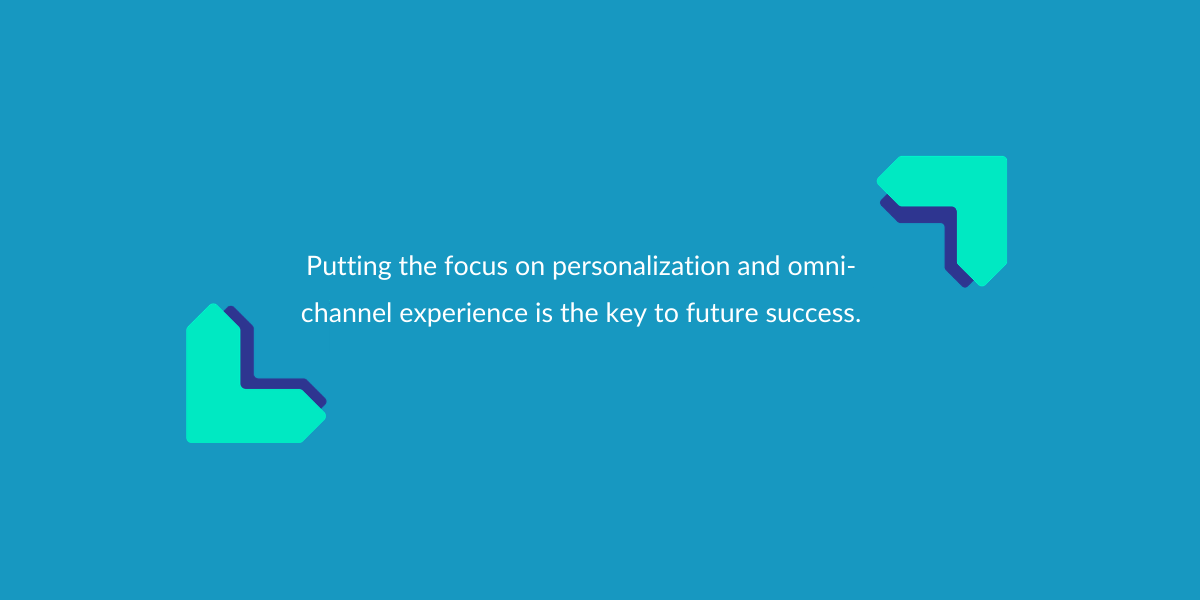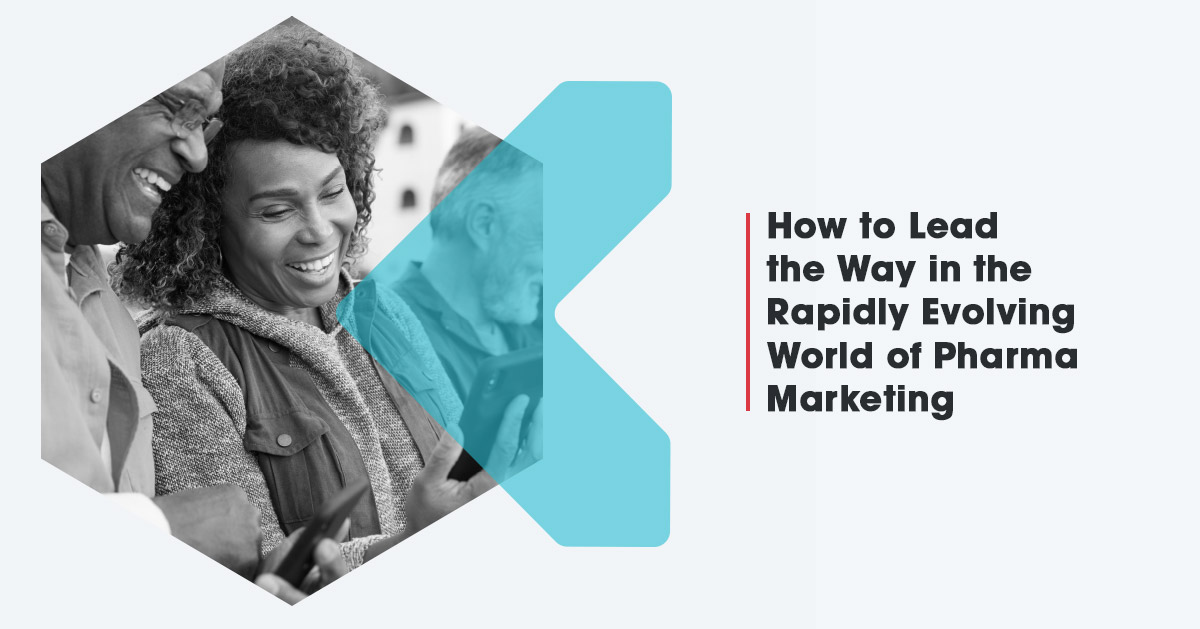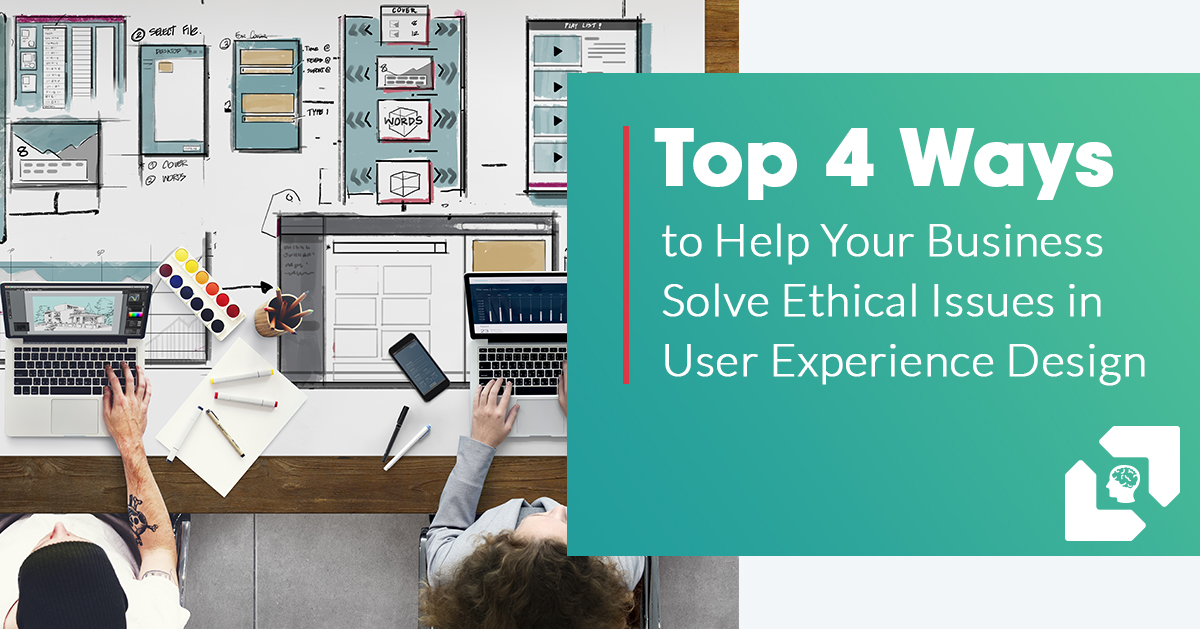The shift to value-based healthcare isn’t coming — it’s already here.
Globally, the entire customer landscape for pharmaceutical drug marketing is shifting faster than ever before.
- Around the world, people are living longer. By 2050, two billion people will be over 60 years old.
- In the U.S., the number of people 65 years of age and older is expected to double to 100 million by 2060.
- This growing population will have tremendous buying power and, as they age, a natural focus on healthcare. They’ll boost the market for prescription drugs to about $1.2 trillion by 2024.
This demographic shift is a powerful driver of change. Integrated health management and a cutting edge, multi-disciplinary health marketing approach will be table stakes for the healthcare providers that thrive in the coming years.
Consumer healthcare expectations are changing
Thirty years from now, 85% of the two billion people who will be over the age of 60 will expect to be more involved and empowered in decisions that manage their health.
But most of the pharmaceutical industry is woefully unprepared for how they’ll deliver value in a digital-first world driven by preventative care. The traditional pharma marketing playbook isn’t in tune with today’s way of thinking. Without a forward-thinking strategy that’s designed to meet the needs of a new world of patient advocacy and strong ‘proof of outcomes’ demands, no amount of ad spend will be able to make up for a lack of vision and out-dated thinking.
The new approach to the future of healthcare

Those that aren’t actively shifting to a more service-oriented model will eventually lose customers, profit and market share.
Pharma companies are slowly recognizing the opportunity to collaborate with consumers and their health providers as valuable partners in their personal health journeys. Technology, user experience design and data analytics provide a solid foundation for building personalized long-term connections with patients and health providers. The goal is to foster and enable patient education and preventative care. No matter which tactics are used, the pharmaceutical companies who come out on top will be the ones who find innovative and holistic ways to build trust and loyalty by providing meaningful value to customers through their personal health care experiences. Leaders are already leveraging the digital ecosystem to deliver community support with apps like the Quitters Circle and more. And they’ll be miles ahead of their competition who lag in embracing accessible digital solutions.
Moving beyond drugs to a focus on omnichannel
Drugs occupy the vast majority of marketing dollars for pharmaceutical companies – for now. In the next decade, they’ll only be a piece within a sophisticated digital ecosystem that primarily functions as a long-term partner with patients, frequently monitoring and providing feedback.
As the outcomes-based approach to healthcare grows in popularity, now is the time for pharmaceutical agencies to benefit from a new personalized, omnichannel approach to marketing. Pharmaceutical companies must find creative ways to adapt:
Placing the right information on the right channel
Along with taking a more holistic view of pharmaceutical marketing, ensuring the proper information is presented via the most appropriate channel is key. Patients proactively seek specific information when addressing their health concerns. Using the right channels ensures they have the information they need to make educated decisions.
Utilizing social marketing
Social marketing has been successful in delivering public health behaviour changes for years. It’s an effective tool in understanding the methods for delivering information in a way that induces behavioural change. For pharmaceutical companies, this means taking a holistic view of how to market medicine. They can no longer focus solely on the positive or negative health impacts of taking a drug. Instead, they need to delve more deeply into the social, cultural, economic, and ethical impact – utilizing these insights to personalize their approach to consumers.
Investing in disruptive technologies
Pharmaceutical companies need to take note when marketing their drugs – patients today require a different approach to addressing their health problems. Mobile technologies, social media, the cloud, wearables and the Internet of Things (IoT) are just some of the new realities that are disrupting healthcare today – and is the key to enabling a patient-centric approach. In fact, investment in technologies to leverage the power of big data is a prerequisite. That’s virtually the only way to collect and appropriately utilize valuable insights from the vast and unmanageable pools of data currently out there in the health IT ecosystem.
The opportunity to lead the way
The days of relying on one-to-one doctor visits and sales sampling are long over. Tomorrow’s pharmaceutical consumers will not only want but expect companies to become active partners in managing their health. This will necessitate a shift to truly customer-centric thinking and a strategic plan to invest now so that you’re set up to take advantage of the new landscape tomorrow.
The conversation is only just beginning. Read “The Evolving World of Pharma Marketing” authored by Anton Morrison, VP of Experience Design at Appnovation to get a comprehensive download on how your business can lead the way and get detailed, actionable insights on how to make that happen.


